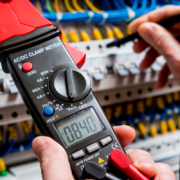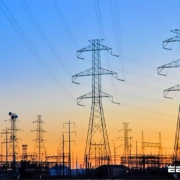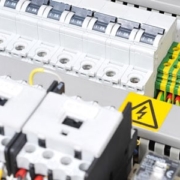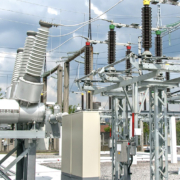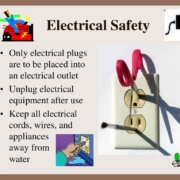Electrical switchyard
Electrical switchyard
The electrical switchyard is a crucial component of the power system grid. It is responsible for the safe and efficient transmission of electricity, while also providing reliable connections between various power sources. With its ability to accommodate a variety of switching arrangements, electrical switchyards are capable of handling both small-scale and large-scale power requirements. By providing an efficient connection between different parts of the power system, it helps to ensure that electricity is available when and where it is needed. This makes electrical switchyards essential for both residential and commercial applications.
Electrical switchyard is an important part of any electrical system. It is the place where different components of the electrical system are connected. The switchyard provides a safe and efficient way to connect, protect, control and monitor various components including power lines, transformers, circuit breakers and other devices. It also helps to regulate electricity flow from one device to another and helps in maintaining a reliable power supply for different operations. By using an efficient switchyard design with suitable safety measures, it is possible to minimize the risk of fire accidents or other hazards related to electrical systems.
Electrical switchyard is an important part of any electrical power system. It is a network of substations, transmission lines, circuit breakers, isolators and other electrical equipment that allow for the safe and efficient distribution of electricity. It is designed to ensure the safety of equipment, personnel and the public by providing protection against short circuits and other electrical hazards. Electrical switchyards are also used for load balancing in order to optimize the generation and usage of electricity in an area.




